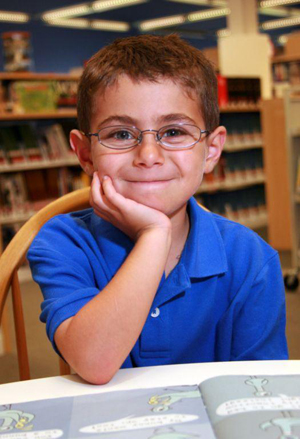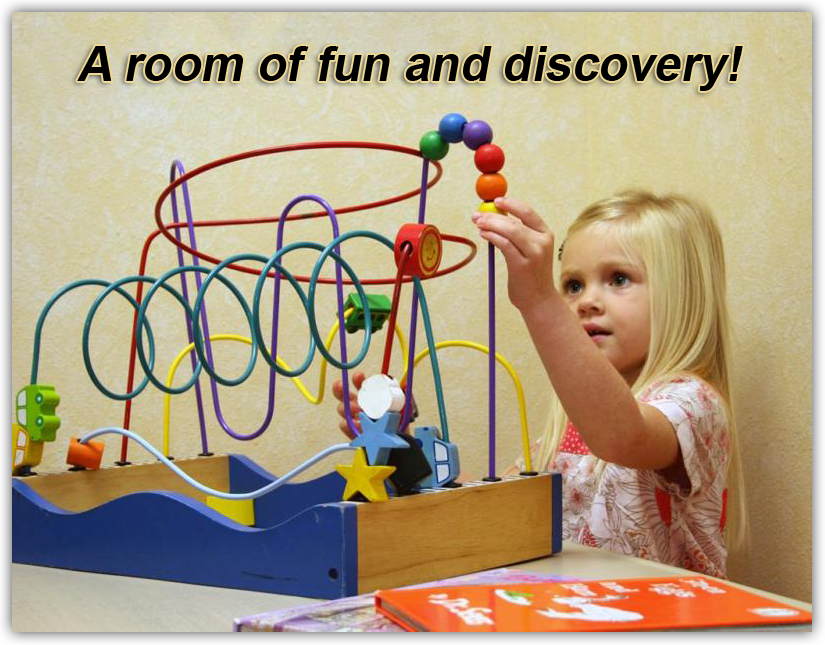Your Child's First Eye Exam
Children's First Eye Examinations and What to Expect
There is no need to feel apprehensive about your child’s first eye exam. Your child does not need to read or know the alphabet to have his or her vision checked. The exam is completely painless, except for a few seconds of stinging from the dilating eye drops. We take special care to assure that the visit is an enjoyable experience–from the games in the waiting area to the children’s videos in our examination rooms. Our staff is specially trained to assist in the evaluation of vision problems in children.
Common Eye Problems in Children
Myopia (Nearsightedness)
Distant objects are blurry in children with myopia. Myopia is usually detected in elementary school when a child has difficulty seeing the board.
Hyperopia (Farsightedness)
A small amount of hyperopia is normal in children. However, with more pronounced hyperopia, the eye is unable to see near objects without extreme focusing. This can lead to headaches, eye strain, and crossing of the eyes.
Astigmatism
Astigmatism is an irregularity in the shape of the cornea or the lens. The most common cause of astigmatism is when the cornea is oval shaped rather than round. Astigmatism causes a blurred image at all distances.
Myopia, hyperopia and astigmatism can be inherited and are all treated with glasses or contact lenses.


Strabismus / Eye Muscle Surgery
Strabismus is a misalignment of the eyes. The eyes may cross or drift up, or out. Strabismus may be present from birth or may develop later in life. Some types of strabismus can be controlled with glasses, while other types may require eye muscle surgery. The surgery is performed on an outpatient basis and usually takes less than an hour to complete.
Amblyopia (Lazy Eye)
Amblyopia, sometimes referred to as “lazy eye,” is poor vision in an eye that did not develop normal sight during childhood. Without treatment, children with amblyopia will never see well in one eye, even with glasses. Patching treatment and eye drops are effective in the treatment of amblyopia, especially when initiated prior to seven years of age.
Tear Duct Obstruction
A small tube drains tears from the eye into the nose. When the tube is incompletely formed at birth, excessive tearing and crusting of the eyelids can occur. This condition is treated with antibiotic drops and tear duct massage. Tear duct surgery is usually recommended when tearing does not resolve by one year of age.
Your Child's Vision

Amblyopia
What is Lazy Eye? Vision problems are common in children. Early recognition and treatment are the keys to preventing permanent visual impairment.



